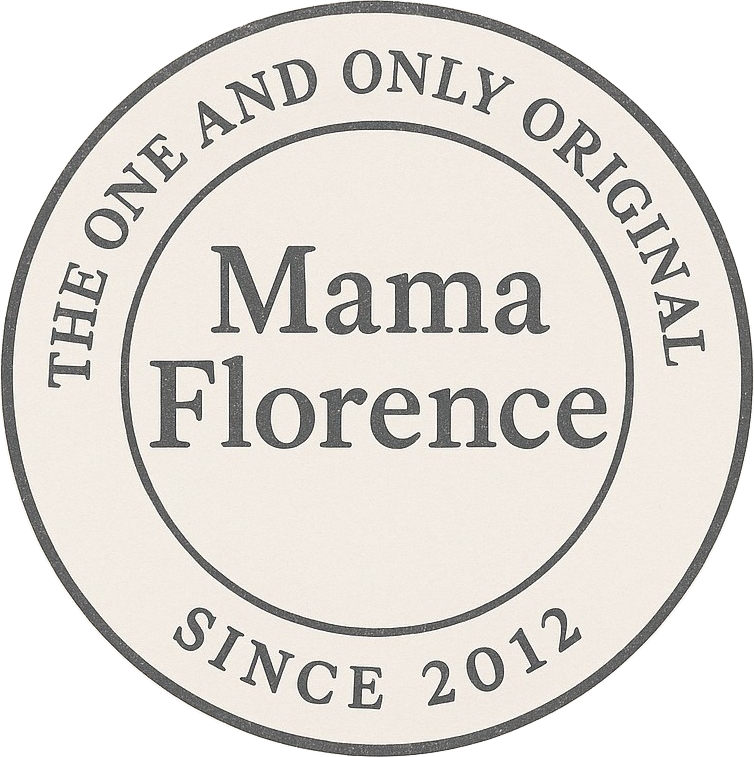The Difference Between Tortellini and Tortelli: An Exploration of Italian Pasta Traditions

Italian cuisine boasts an incredible diversity of pasta shapes and fillings, each with its own story, regional ties, and techniques. Two such examples are tortellini and tortelli, often confused because of their similar names but distinct in many ways. From their fillings and shapes to the time required to prepare them, let’s explore these two pasta types and their unique place in Italian culinary tradition.
Tortellini: The Tiny, Time-Consuming Pasta from Emilia-Romagna
Tortellini, those delicate, ring-shaped bites of pasta, originate from the Emilia-Romagna region, particularly around Bologna and Modena. Their dough is made from semolina or 00 flour and eggs, and their filling typically consists of pork, prosciutto, and Parmigiano-Reggiano. Tortellini’s petite size makes them a labor of love, requiring precision and patience to fold each individual piece.
The process of making tortellini by hand is not for the faint-hearted: each pasta piece is small, and shaping the perfect ring takes considerable time and skill. That’s why tortellini are often considered a festive dish in Italy, traditionally prepared for special occasions. The time it takes to roll the dough thinly, cut it into small squares, and fold them into their signature shape is a craft that even seasoned chefs require practice to perfect. Tortellini are commonly served in broth (tortellini in brodo), and the slow, intricate preparation makes them one of the most revered pasta dishes in Italy.
Closest Italian Equivalent: In terms of preparation time and skill, there isn’t a close comparison. However, in flavor, Parmigiana di Melanzane (eggplant parmesan) or Pollo alla Cacciatora (braised chicken with tomatoes and herbs) are more widely recognized in Italy, each offering hearty, home-style warmth similar to tortellini in broth but with far less involved preparation.
Tortelli: Larger and Easier to Master
Tortelli, on the other hand, vary more significantly across regions but are typically larger than tortellini, requiring less time and precision to shape. Popular in regions like Tuscany, Lombardy, and Emilia-Romagna, tortelli can be stuffed with a variety of fillings, from ricotta and spinach to the sweet pumpkin fillings of tortelli di zucca found in Lombardy.
While still a hands-on process, making tortelli is simpler than crafting tortellini. Because they are larger and don’t require the intricate folding technique, they can be prepared more quickly, making them an easier choice for those learning to make pasta. The dough is rolled out and cut into squares or circles, then folded over to seal in the filling. Despite their relative simplicity, tortelli deliver robust flavors and are often served with butter and sage or simple tomato sauces, allowing the filling to take center stage.
Closest Italian Equivalent: Tortelli's simplicity and versatility are similar to ravioli in many regions, but they vary by location. In terms of effort, making tortelli is far closer to that of lasagna or gnocchi, which require some technique but don’t involve the tedious folding of tortellini.
The Learning Curve: Tortellini vs. Tortelli
For those learning to make pasta, tortelli is often the go-to choice because of its simplicity. With a bit of practice, you can master tortelli in a relatively short amount of time. Tortellini, however, requires much more patience and skill, as the small size and precision of the folds are key to achieving the perfect texture and bite.
At Mama Florence, we teach both of these beloved pasta dishes, guiding students through the process of selecting the right ingredients, learning the techniques, and mastering the art of shaping pasta. Whether you want to tackle the challenge of tortellini or start with the easier tortelli, our cooking classes offer a hands-on experience to help you gain the confidence to recreate these iconic dishes at home.
Learn Pasta Making at Mama Florence
If you’re serious about learning the art of pasta-making, join a class at Mama Florence, where you’ll learn the essential skills to make both tortellini and tortelli. Our experienced chefs will guide you step by step, from dough-making to mastering the shapes and pairing them with the perfect sauces. With a focus on using fresh, local ingredients, you’ll leave with both new skills and a deeper appreciation for Italian culinary traditions.
Whether you’re a beginner or looking to refine your pasta-making skills, tortellini and tortelli represent two sides of Italian craftsmanship—one challenging and time-consuming, the other more approachable but equally satisfying.
In the end, both pasta types represent the diversity of Italian cuisine, with tortellini offering a rewarding challenge and tortelli delivering flavor with less effort. Whichever you choose, both are testaments to the rich pasta traditions that define Italy.

